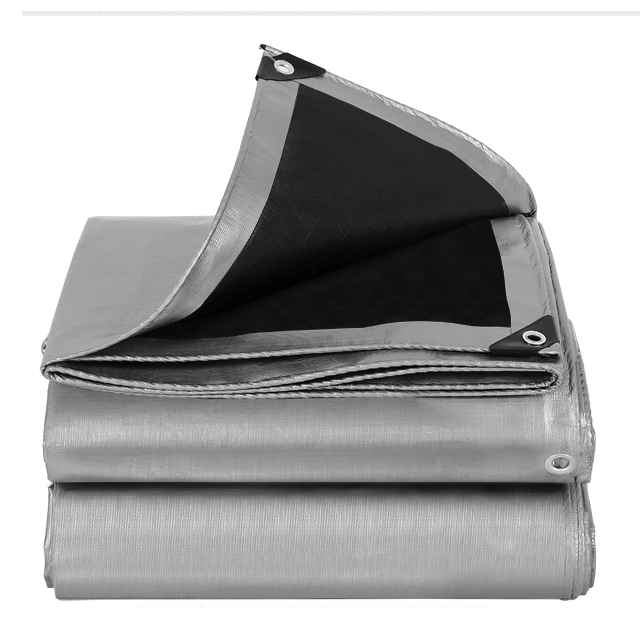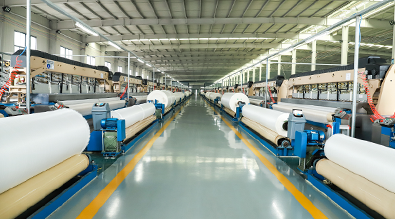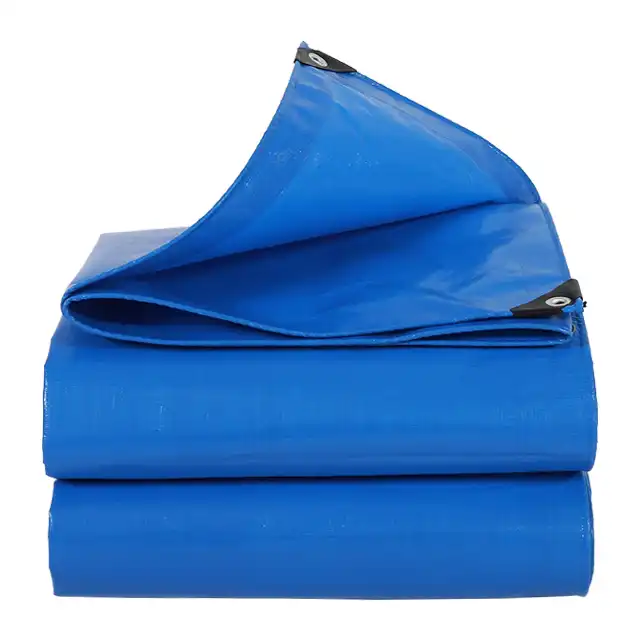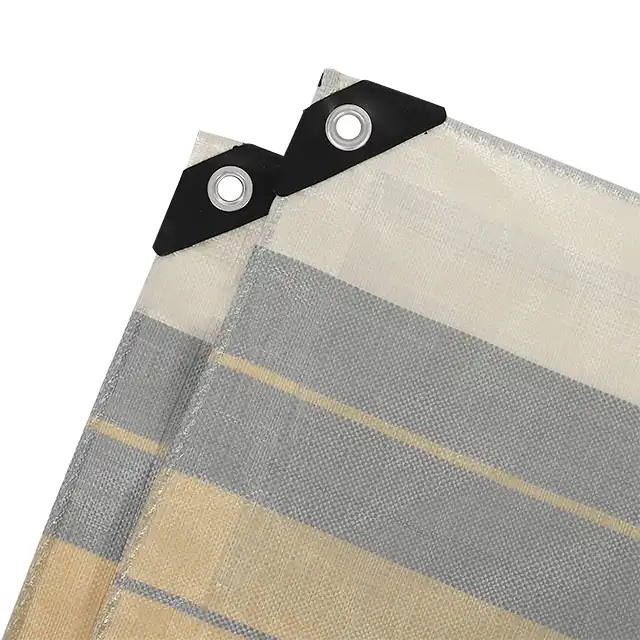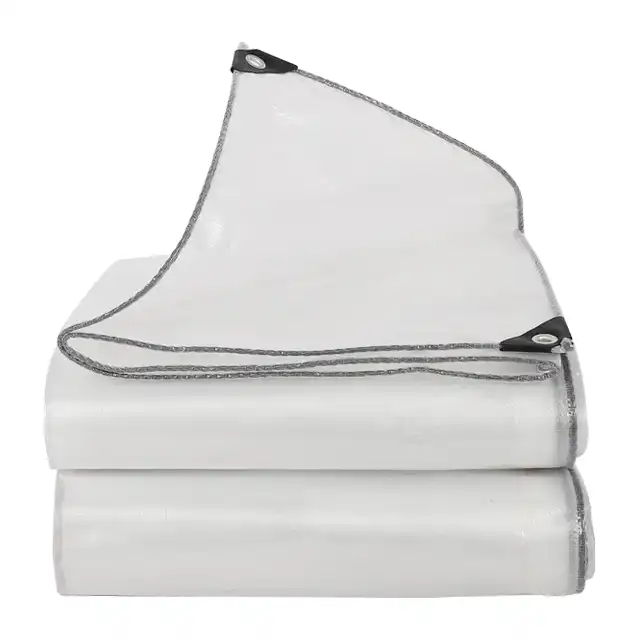Key Materials Used in Tarpaulins and Their Pros and Cons
Picture this scenario: you've just invested in what you thought was the perfect tarpaulin for your construction project, only to discover it tears within weeks or fails to provide adequate waterproofing when you need it most. The frustration of choosing the wrong tarpaulin material can cost you time, money, and project delays. Understanding the key materials used in tarpaulins and their specific advantages and disadvantages is crucial for making informed decisions that protect your investments and ensure reliable performance across diverse applications.
Understanding Tarpaulin Material Fundamentals

The foundation of any effective tarpaulin lies in understanding the core materials that determine its performance characteristics. Modern tarpaulin materials have evolved significantly from traditional canvas options, now incorporating advanced synthetic polymers and specialized coatings that enhance durability and functionality. The selection process involves evaluating factors such as weather resistance, tensile strength, UV protection, and specific application requirements.
-
Basic Material Categories
Tarpaulin materials generally fall into several primary categories, each offering distinct properties and performance characteristics. Tarpaulins are made of plastics such as polyethylene or cloth such as canvas or polyester coated with polyurethane. Understanding these fundamental material types provides the foundation for selecting appropriate tarpaulin solutions for specific applications, whether for temporary weather protection, long-term outdoor storage, or specialized industrial uses. The manufacturing process significantly impacts the final product's performance, with factors like fabric weaving density, coating thickness, and reinforcement methods all contributing to the tarpaulin's overall effectiveness. Professional manufacturers employ advanced quality control systems to ensure consistent material properties and reliable performance across different environmental conditions.
Polyethylene (PE) Tarpaulin Materials
Polyethylene represents one of the most widely used materials in modern tarpaulin manufacturing, offering exceptional versatility and cost-effectiveness. Polyethylene tarps are more durable, stronger, and waterproof than other materials like canvas. PE tarpaulins consist of high-density polyethylene (HDPE) woven fabric combined with low-density polyethylene (LDPE) coating, creating a balanced combination of strength and flexibility.
-
Advantages of PE Tarpaulin Materials
PE tarpaulin materials offer numerous benefits that make them ideal for various applications. These materials provide excellent waterproof protection, making them suitable for outdoor storage, construction site coverage, and agricultural applications. The lightweight nature of PE tarpaulins facilitates easy handling and installation, while maintaining sufficient strength to withstand moderate wind loads and environmental stresses. The cost-effectiveness of PE materials makes them accessible for budget-conscious projects without compromising basic protective functions. Modern PE tarpaulins incorporate UV treatment ranging from 1% to 7%, providing enhanced protection against sun damage and extending the material's lifespan in outdoor environments. The availability of various weights, typically ranging from 65gsm to 280gsm, allows users to select appropriate specifications for their specific requirements.
-
Limitations of PE Tarpaulin Materials
Despite their advantages, PE tarpaulin materials have certain limitations that users should consider. The material's susceptibility to punctures and tears from sharp objects requires careful handling during installation and use. Temperature extremes can affect PE material flexibility, potentially causing brittleness in extremely cold conditions or excessive stretching in high heat. While UV treatment provides some protection, prolonged exposure to intense sunlight can gradually degrade PE materials, leading to color fading and reduced tensile strength over time. The relatively smooth surface texture may also present challenges in applications requiring enhanced grip or friction resistance.
Canvas and Cotton Tarpaulin Solutions
Traditional canvas tarpaulin materials continue to hold significance in specific applications where breathability and natural fiber properties provide advantages over synthetic alternatives. Canvas tarpaulins, typically manufactured from cotton or cotton-blend fabrics, offer unique characteristics that synthetic materials cannot fully replicate.
-
Benefits of Canvas Tarpaulin Materials
Canvas tarpaulin materials excel in applications requiring breathability and natural appearance. Canvas offers durability and breathability, making these materials ideal for protecting items that require air circulation to prevent moisture buildup and condensation. The natural fiber composition provides excellent resistance to abrasion and mechanical stress, making canvas suitable for heavy-duty applications. The aesthetic appeal of canvas tarpaulins makes them preferred choices for applications where appearance matters, such as outdoor event coverage or architectural applications. Canvas materials accept treatments and coatings well, allowing for enhanced water resistance while maintaining breathability characteristics.
-
Drawbacks of Canvas Tarpaulin Materials
Canvas tarpaulin materials present several challenges that limit their suitability for certain applications. The natural fiber composition makes canvas susceptible to mold, mildew, and rot when exposed to moisture for extended periods. Weight represents another significant consideration, as canvas tarpaulins are substantially heavier than synthetic alternatives, complicating handling and installation procedures. Maintenance requirements for canvas materials exceed those of synthetic options, often requiring periodic treatments to maintain water resistance and prevent deterioration. Cost factors also make canvas tarpaulins more expensive initially and over their lifecycle compared to synthetic alternatives.
Advanced Synthetic Tarpaulin Materials
Modern tarpaulin manufacturing incorporates advanced synthetic materials that push performance boundaries beyond traditional options. These materials often combine multiple polymer types and specialized treatments to achieve superior performance characteristics for demanding applications.
-
PVC Tarpaulin Technology
PVC (polyvinyl chloride) tarpaulin materials represent premium options for applications requiring maximum durability and weather resistance. PVC tarpaulin stands out as the most durable, weather-resistant, and cost-effective solution. These materials incorporate reinforced fabric substrates with PVC coatings that provide exceptional tear resistance and longevity. PVC tarpaulins excel in harsh environmental conditions, maintaining flexibility across wide temperature ranges while providing superior chemical resistance. The material's smooth surface facilitates easy cleaning and maintenance, making PVC suitable for applications requiring hygiene considerations or frequent cleaning cycles.
-
Specialty Synthetic Options
Nylon and polyester tarpaulin materials offer specialized performance characteristics for specific applications. Nylon provides high tensile strength and UV resistance, making these materials ideal for applications requiring maximum strength-to-weight ratios. Polyester alternatives combine moderate strength with enhanced UV stability and dimensional stability. These specialty synthetic materials often incorporate advanced coating systems that provide enhanced performance characteristics while maintaining the base material's inherent advantages. The selection process for specialty materials requires careful consideration of specific application requirements and environmental conditions.
Specialized Tarpaulin Applications and Material Selection
Different applications demand specific material characteristics, making proper selection crucial for optimal performance and longevity. Understanding application-specific requirements enables informed decision-making that balances performance needs with budget considerations and practical constraints.
-
Construction and Industrial Applications
Construction applications require tarpaulin materials that withstand harsh environmental conditions while providing reliable protection for equipment, materials, and work areas. PE tarpaulins with appropriate weight specifications and UV treatment provide cost-effective solutions for temporary weather protection and debris containment. Heavy-duty applications may require reinforced materials or specialized coatings that enhance puncture resistance and extend service life. The selection process should consider factors such as wind load requirements, duration of use, and specific environmental hazards present at the construction site.
-
Agricultural and Aquaculture Uses
Agricultural applications often require specialized tarpaulin materials that address unique environmental challenges and regulatory requirements. Impermeable tarpaulins for aquaculture applications must provide complete water containment while maintaining structural integrity under hydrostatic pressure and UV exposure. Agricultural covers require materials that balance weather protection with appropriate light transmission or reflection characteristics depending on the specific crop protection needs. The selection of tarpaulin materials for agricultural applications should consider factors such as seasonal durability, ease of installation and removal, and compatibility with agricultural equipment and practices.
Conclusion
The selection of appropriate tarpaulin materials requires careful consideration of specific application requirements, environmental conditions, and performance expectations. Understanding the advantages and limitations of different materials enables informed decisions that optimize performance while managing costs effectively.
Cooperate with Linyi Shengde Plastic Co., Ltd.
As a leading China tarpaulin manufacturer established in 2003, Linyi Shengde Plastic Co., Ltd. brings over two decades of expertise in producing high quality tarpaulin solutions. Our comprehensive manufacturing capabilities include 30+ high-tech extruding machines, 400+ Korea-imported automatic water-jet looms, and advanced coating technologies that ensure superior product quality and consistency.
Our strong research and development capabilities have enabled breakthrough innovations including ultra-wide width weaving machines, 4-meter wide tarpaulin products, fire prevention functions, and enhanced waterproof technologies. As a trusted China tarpaulin supplier, we maintain partnerships with international organizations including UNHCR, IOM, ICRC, and UNICEF, demonstrating our commitment to quality and reliability.
With ISO 9001:2015 certification and advanced quality monitoring systems throughout our production process, we guarantee tarpaulin for sale that meets the highest international standards. Our tarpaulin price remains competitive while delivering exceptional value through superior materials, advanced manufacturing processes, and comprehensive quality assurance.
Ready to source premium tarpaulin solutions? Contact our China tarpaulin wholesale experts at info@shengdetarp.com for competitive quotes and custom solutions that meet your specific requirements.
FAQ
Q: What is the most durable tarpaulin material for long-term outdoor use?
A: PVC tarpaulin materials offer the highest durability for long-term outdoor applications, providing superior weather resistance, chemical resistance, and extended lifespan compared to PE or canvas alternatives.
Q: How do I choose between PE and canvas tarpaulin materials?
A: Choose PE tarpaulins for waterproof applications requiring lightweight, cost-effective solutions. Select canvas for applications needing breathability, natural appearance, or enhanced abrasion resistance.
Q: What weight specification should I select for construction site tarpaulins?
A: For construction applications, select PE tarpaulins weighing 180-280gsm for heavy-duty use, or 100-180gsm for standard temporary weather protection, depending on wind load and duration requirements.
Q: Do tarpaulin materials require special UV treatment for outdoor use?
A: Yes, UV treatment is essential for outdoor applications. Quality tarpaulins should include 1-7% UV treatment to prevent degradation, color fading, and strength reduction from prolonged sun exposure.
References
1. Material Science and Engineering: Properties of Polymer Materials, Author: James C. Anderson
2. Industrial Textiles: Applications and Manufacturing Technology, Author: Dr. Sarah Mitchell
3. Weather-Resistant Materials for Construction Applications, Author: Professor Robert Chen
4. Advanced Coating Technologies for Protective Fabrics, Author: Dr. Maria Rodriguez
